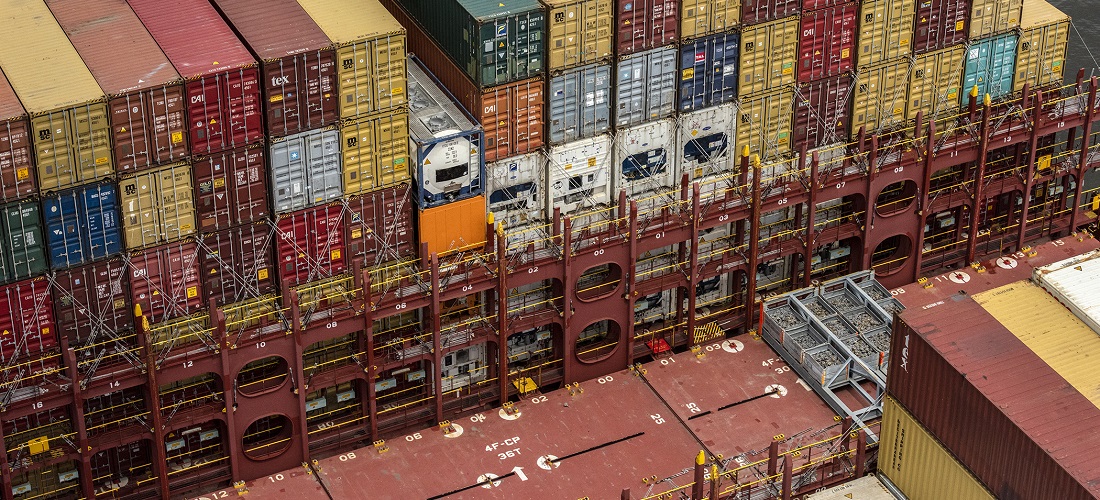
Secex to start publishing seasonally adjusted trade data
Aug, 10, 2020 Posted by Sylvia SchandertWeek 202032
The Foreign Trade Secretariat of the Economy Ministry (Secex / ME) announced that it is to start releasing a monthly export and import data series that is seasonally adjusted. This additional data will be available on the webpage where other foreign trade statistics are divulged, and will follow the same schedule for the disclosure of consolidated data.
Seasonal adjustment is a statistical technique for measuring and removing the influences of cyclical and seasonal patterns with predictable effects over a long time span. Various economic indicators are seasonally adjusted such as industrial production, national accounts, and monetary and credit series, for example. Likewise, foreign trade time series can be analyzed with seasonal adjustment, allowing a more accurate view of the monthly variations while removing the influence of seasonal movements. International organizations such as the Organization for Economic Cooperation and Development (OECD) and the World Trade Organization (WTO) and several other countries release seasonally adjusted foreign trade statistics.
“Over the course of a year, exports and imports fluctuate due to seasonal events, including changes in the weather, harvests, holidays and vacation periods,” says ME Foreign Trade Secretary, Lucas Ferraz. “Such events influence both Brazil and its partner countries. As these seasonal events follow a reasonably regular pattern each year, their influence on trends in trade flows can be eliminated by seasonally adjusting the series month by month or quarter by quarter,” he adds.
To date, comparisons of monthly or quarterly export and import results are made mainly in relation to the same period in the previous year, considering the daily average per business day. Such an approach also aims to mitigate seasonal effects to allow a more accurate comparison.
However, significant changes can occur over a period of twelve months, hampering more accurate observation of the short-term situation of trade. An example of these changes is the current COVID-19 pandemic. With the incidence of the pandemic, the observation of trade data compared to 12 months ago is not very accurate to point out the recent trajectory of trade. In these situations, the best way to observe the direction of Brazilian foreign trade is to compare the results with the previous month. In order to make this comparison feasible, the seasonal adjustment of the data is necessary.
According to the secretary, the new seasonally adjusted series provides a more accurate view of the country’s foreign trade movements and further qualifies the data disclosures made by Secex. Thus, “Brazil will achieve even greater adherence to the recommendations of the international reference manual for the compilation and dissemination of foreign trade statistics, International Merchandise Trade Statistics”, explains Ferraz.
-
Ports and Terminals
Dec, 22, 2022
0
Lula administration takes on mission to decide fate of Port of Santos biddings
-
Grains
Jun, 02, 2023
0
Brazil’s soy meal exports soar to top spot among agricultural products
-
Shipping
Aug, 02, 2022
0
What do the results of this shipping giant teach us about freight?
-
Ports and Terminals
Feb, 11, 2022
0
Governor says that São Paulo will file a lawsuit to secure the Santos – Guarujá bridge

